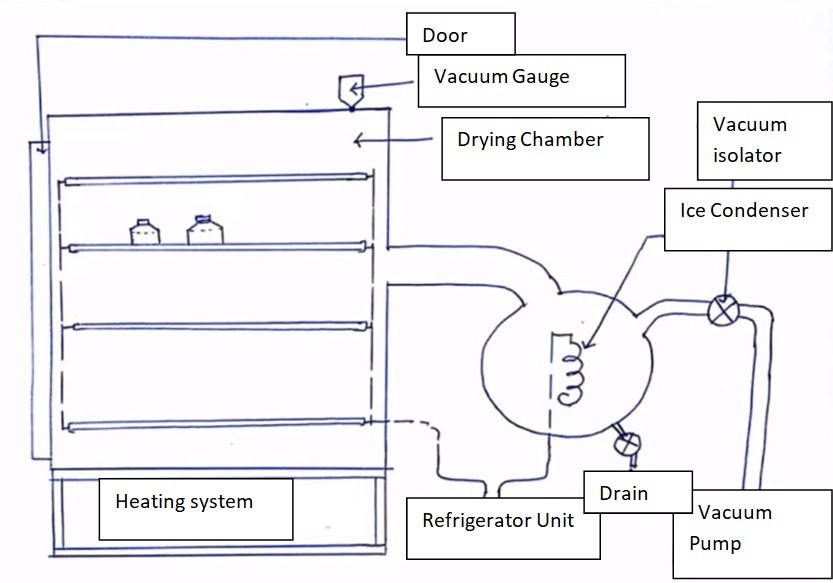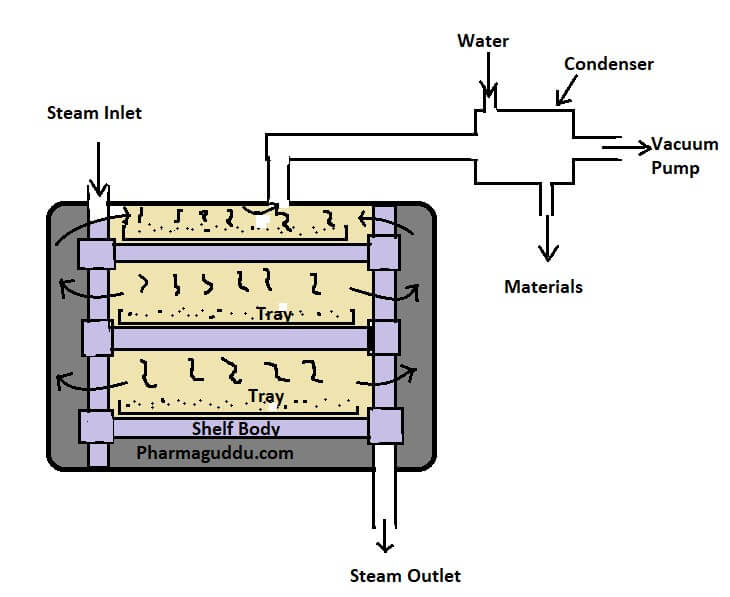Cleaning Validation Master Plan (cVMP)- A Right Approach
A cleaning Validation Master Plan (cVMP) is a very important document that is needed to be in place during the cleaning validation process. Below read the all content that helps to prepare a well-documented validation plan. PROTOCOL CONTENTS S. No. SECTION TITLE 1.0 APPROVAL 2.0 INTRODUCTION 3.0 PURPOSE 4.0 SCOPE 5.0 RESPONSIBILITIES 6.0 STRATEGY 6.1 … Read more


